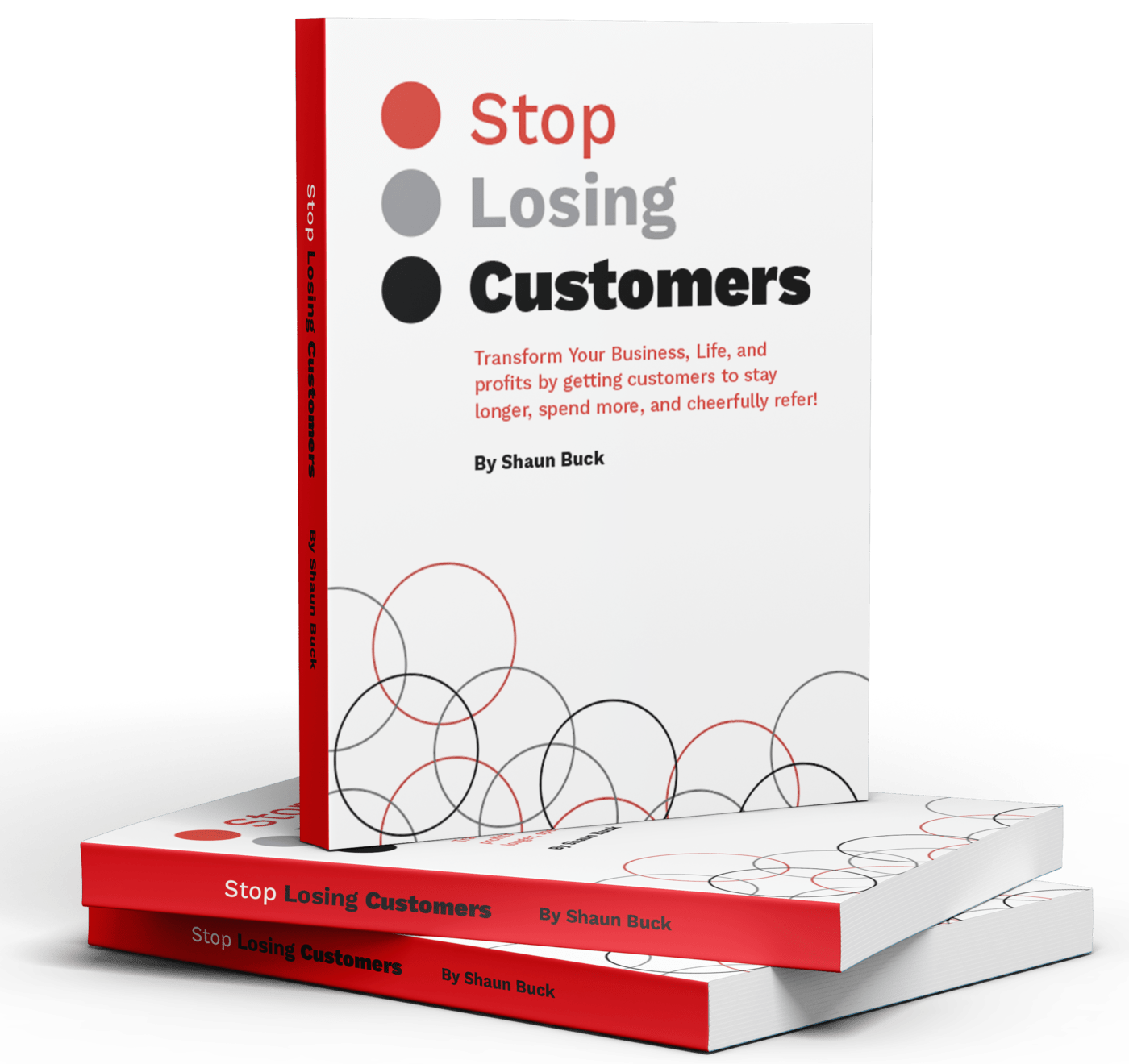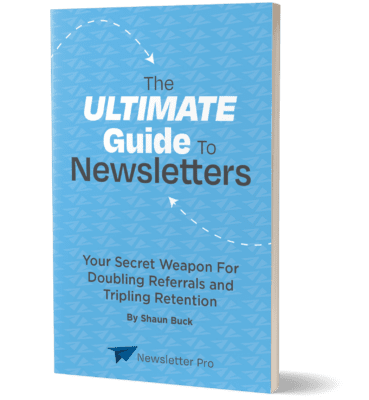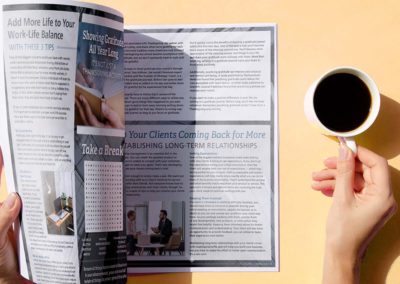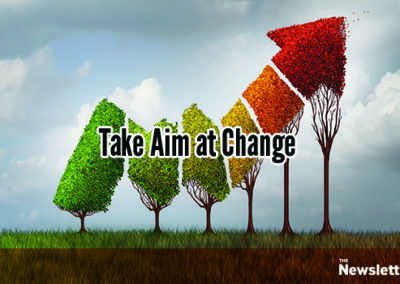In the digital age, newsletters are a powerful tool for engaging with your audience. However, with inboxes flooded with countless emails every day, how do you make yours stand out? The answer lies in personalization. By tailoring your newsletters to the preferences and behaviors of your subscribers, you can significantly improve engagement rates and make your emails impossible to ignore.
Understanding the Importance of Personalization
Personalization in newsletters is more than just addressing the subscriber by their first name. It involves using data to deliver content that is relevant to the individual’s interests, previous interactions, and purchasing behavior. This approach not only captures the reader’s attention but also builds a stronger relationship between your brand and the subscriber.

The Benefits of Personalized Newsletters
- Increased Open Rates: Personalized subject lines and content can lead to higher open rates as subscribers are more likely to engage with emails that feel relevant to them.
- Improved Click-Through Rates: When content aligns with the subscriber’s interests, they’re more likely to click on links and engage further with your offerings.
- Enhanced Customer Loyalty: Regularly receiving content that resonates with them can make subscribers feel valued, boosting loyalty and long-term engagement.
Effective Personalization Tactics
To make your newsletters truly impactful, consider employing the following personalization tactics.
1. Segment Your Audience
One size does not fit all. By segmenting your email list into smaller groups based on demographics, interests, or past behavior, you can send more targeted and relevant content. For example, an e-commerce store might segment its audience by purchase history, sending promotions for similar products to past buyers.
Steps to Segment Your Audience:
- Analyze your subscriber data to identify key characteristics and behaviors.
- Create segments based on these insights, such as age, location, purchase history, or engagement level.
- Tailor your content to meet the specific needs and interests of each segment.
2. Use Dynamic Content
Dynamic content allows you to change parts of your email content based on subscriber data. This means you can send one email but have different versions of it appear in various subscribers’ inboxes. For example, you can alter images, product recommendations, or special offers depending on the recipient’s past interactions with your brand.
Implementing Dynamic Content:
- Identify which sections of your email can be personalized (e.g., product recommendations, images).
- Use email marketing tools that support dynamic content to customize these sections based on subscriber data.
3. Personalized Subject Lines
The subject line is the first thing a subscriber sees, so make it count. Personalization can be as simple as including the subscriber’s name or referencing a recent interaction. Personalized subject lines can increase open rates significantly compared to generic ones.
Crafting Effective Subject Lines:
- Use the subscriber’s first name or location for a personal touch.
- Reference a recent purchase or browsing behavior to pique interest.
- Keep it concise and relevant to the email content.
Leveraging Data for Personalization
To personalize effectively, you need to leverage data. This involves collecting and analyzing subscriber information to understand their preferences and behaviors.
Types of Data to Collect
- Demographic Data: Age, gender, location, etc.
- Behavioral Data: Email open rates, click-through rates, purchase history, etc.
- Preference Data: Interests, preferred content types, etc.
Tools for Data Collection and Analysis
- Email Marketing Platforms: Many platforms offer built-in analytics to track subscriber behavior.
- Customer Relationship Management (CRM) Systems: These tools can provide comprehensive insights into customer interactions.
- Surveys and Feedback Forms: Directly asking subscribers about their preferences can yield valuable data.

Crafting Compelling Personalized Content
Once you have the data, the next step is crafting content that resonates with your audience. This involves not only personalizing the message but also ensuring that it is valuable and engaging.
Creating Valuable Content
- Offer Solutions: Address common pain points or questions your subscribers have.
- Provide Exclusive Offers: Reward loyal subscribers with exclusive discounts or early access to products.
- Tell a Story: Engage your audience with storytelling that relates to their experiences or aspirations.
Testing and Optimizing Your Approach
Personalization is not a one-time effort. Continuously test and optimize your strategies to ensure they remain effective.
A/B Testing
- Test different subject lines, content layouts, or call-to-action buttons to see what resonates best with your audience.
- Use the insights gained from testing to refine your approach and improve future campaigns.
Conclusion
Personalized newsletters are a powerful way to connect with your audience and improve engagement rates. By segmenting your audience, using dynamic content, and leveraging data effectively, you can create emails that are not only impossible to ignore but also foster stronger relationships with your subscribers. As you continue to refine your personalization strategies, you’ll see increased loyalty and engagement, ultimately driving success for your brand.
Remember, the key to successful personalization is understanding your audience and delivering content that truly matters to them. Start implementing these tactics today, and watch as your newsletters become a staple in your subscribers’ inboxes.
Ready to Elevate Your Newsletters?
Don’t let your newsletters get lost in the inbox shuffle. Contact Newsletter Pro today to create high-quality, personalized newsletters that engage your audience and drive results. Our team of experts is here to help you implement effective personalization tactics and craft compelling content that resonates with your subscribers.
Get in touch now and transform your email marketing strategy!






